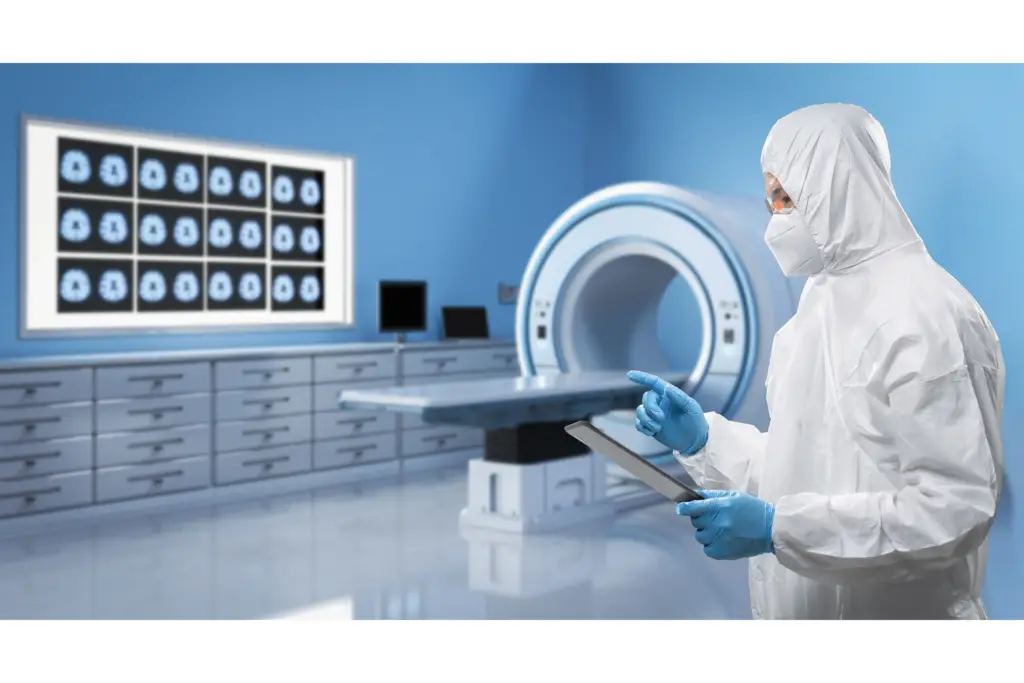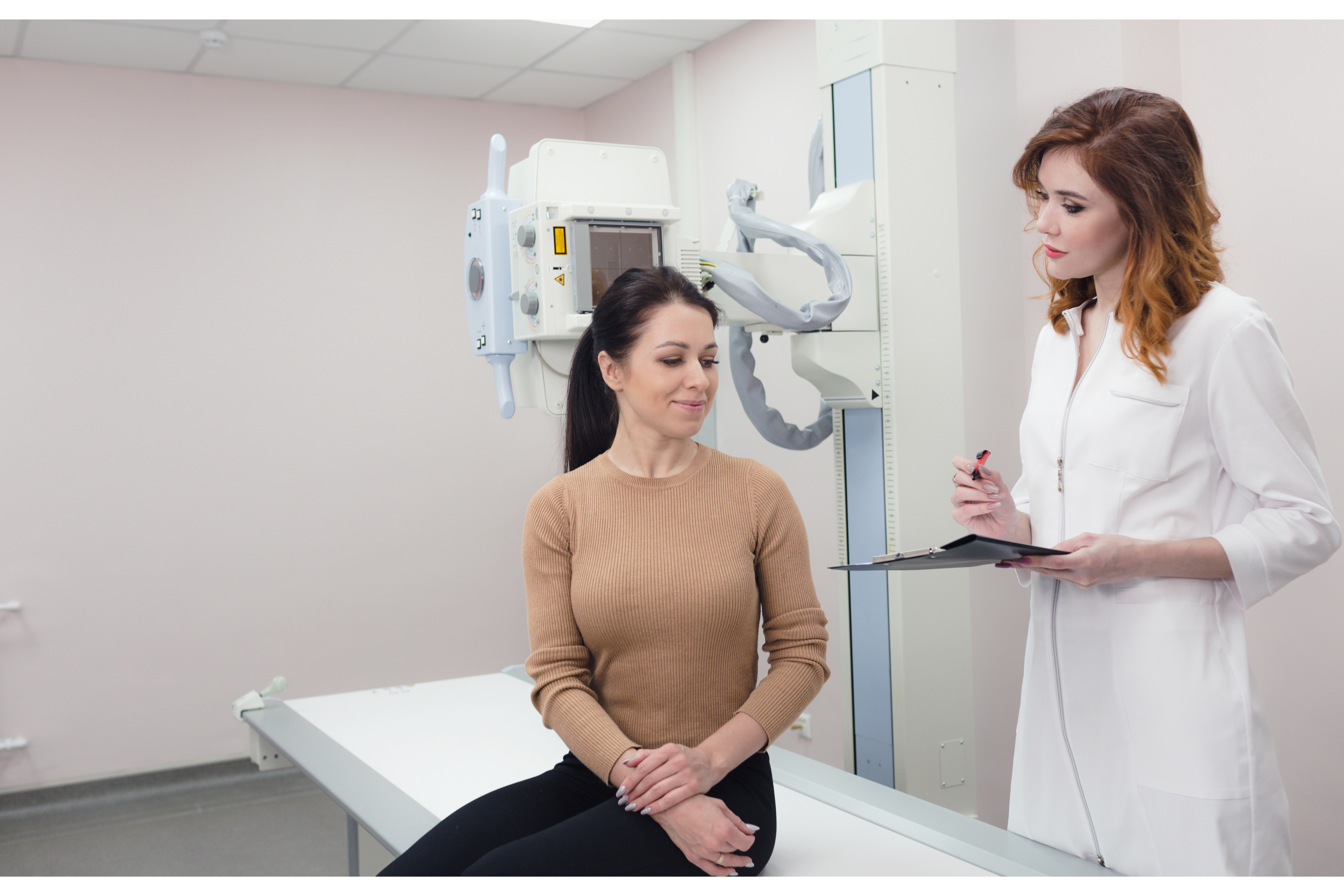Breast cancer screening has long been a critical component in early detection strategies, significantly impacting outcomes for women worldwide. Traditional mammography, utilizing 2D imaging, has been the cornerstone of these screening efforts for decades, enabling radiologists to detect anomalies within breast tissue that may indicate cancer. However, the evolution of mammography technologies has ushered in a new era of diagnostic precision with the advent of 3D mammography, also known as digital breast tomosynthesis.
3D mammography represents a significant advancement in breast imaging technology. Approved by the FDA, this innovative approach takes multiple images of the breast from different angles, compiling them into a comprehensive 3-dimensional picture. This leap from the flat images of 2D mammography to the dynamic, layered visualization offered by 3D technology marks a pivotal moment in the ongoing fight against breast cancer.
What is 3D Mammography?
3D mammography, or breast tomosynthesis, is an FDA-approved technology that revolutionizes how breast tissue is examined for signs of cancer. By capturing a series of images from various angles around the breast, this method allows for the creation of a detailed 3-dimensional picture of the breast tissue. This depth of detail provides a significant advantage over traditional 2D mammography, which captures only flat images of the breast from two angles.
The comparison between 2D and 3D mammography highlights the latter’s superior ability to offer clearer, more precise views of breast masses. The layered images produced by 3D mammography reduce the overlap of breast tissues that can obscure potential issues, thus lowering the chances of false positives. In essence, 3D mammography enables radiologists to differentiate between harmless and potentially harmful anomalies more effectively, facilitating earlier and more accurate diagnoses.
Benefits of 3D Mammography
The advent of 3D mammography has brought about significant improvements in the field of breast cancer screening, with benefits that enhance the efficiency and accuracy of diagnoses:
- Improved Detection of Breast Cancer: One of the most notable benefits of 3D mammography is its enhanced capability to detect breast cancer, particularly in women with dense breast tissue. Dense breast tissue, which is more common than many realize, can make cancer more difficult to spot with traditional 2D mammograms due to the tissue’s opacity. 3D mammography, by offering a layered view of the breast, allows radiologists to see through layers of dense tissue and identify abnormalities more clearly.
- Reduction in Patient Callbacks: The precision of 3D imaging significantly reduces the need for patient callbacks for additional imaging. In traditional 2D mammography, the overlap of breast tissues could mimic or obscure potential abnormalities, leading to a higher rate of false positives. With 3D mammography, the clearer and more detailed images decrease the likelihood of false alarms, thus reducing anxiety and inconvenience for patients, as well as the overall cost of screening.
- Enhanced Ability to See the Size and Shape of Breast Cancer: The detailed images produced by 3D mammography provide radiologists with a better view of the size and shape of any detected breast cancers. This clarity is crucial for planning the most effective treatment paths, as it allows for a more accurate assessment of the tumor’s stage and aggressiveness.

Who Should Consider 3D Mammography?
3D mammography is recommended for all women undergoing breast cancer screening, with particular emphasis on those who may benefit the most from this technology:
- Women with Dense Breast Tissue: As mentioned, the enhanced imaging capability of 3D mammography is particularly beneficial for women with dense breast tissue. This technology’s ability to differentiate between dense tissue and potential tumors can lead to earlier detection of breast cancer in this group.
- Women at Average or Higher Risk for Breast Cancer: While all women are encouraged to consider 3D mammography, it is especially recommended for those at average or higher risk. This includes women with a family history of breast cancer, previous breast cancer diagnoses, or genetic factors that increase their risk.
- Screening Age and Frequency: The general recommendation is for women to begin yearly mammogram screenings at the age of 40. However, for those with a higher risk of breast cancer, it may be advisable to start earlier. Consultation with a healthcare provider can help determine the best age and frequency for screenings based on individual risk factors and family history.
The integration of 3D mammography into breast cancer screening protocols represents a significant step forward in the early detection and treatment of breast cancer. By offering clearer images, reducing unnecessary callbacks, and providing crucial details about detected cancers, 3D mammography enhances the ability of healthcare providers to make informed decisions about patient care.
Risks and Considerations
3D mammography, while a leap forward in breast cancer screening technology, brings with it certain considerations. Notably, it releases the same amount of radiation as traditional 2D mammograms. This parity in radiation exposure is significant because it underscores the safety of 3D mammography; the technology does not increase the risk to patients despite its advanced imaging capabilities.
However, cost considerations come into play with 3D mammography. While it offers superior detection capabilities, it can be more expensive than 2D mammography. This increased cost is a factor for both healthcare facilities and patients, particularly in scenarios where insurance coverage may vary. Patients are advised to check with their insurance providers regarding coverage for 3D mammography, as policies differ among companies.
The availability of 3D mammography is another important factor. As a newer technology, it may not be as widely available as traditional mammography, especially in rural or underserved areas. This can affect access for some women, making it important to seek out facilities that offer this option.
Patient Experience
Undergoing a 3D mammography exam is similar to the traditional mammography process, with some slight differences. During the exam, the X-ray tube moves in an arc over the breast, capturing multiple images from different angles. This process is slightly longer than the traditional method but is generally not noticeably more uncomfortable for the patient.
Personal testimonies and case studies have shown that while the experience of undergoing a 3D mammogram is similar to that of a 2D mammogram, the benefits in terms of outcomes are significant. Patients often report minimal discomfort during the procedure, with the added advantage of potentially avoiding the anxiety and inconvenience of being called back for additional imaging due to the clearer, more detailed images that 3D mammography provides.
Conclusion
3D mammography represents a significant advancement in the early detection and treatment of breast cancer. Its ability to provide detailed, 3-dimensional images of breast tissue offers improved detection rates, especially in women with dense breast tissue, and reduces the likelihood of false positives. Despite considerations such as cost and availability, the benefits of 3D mammography make it an important option for women’s health.
Women are encouraged to discuss the option of 3D mammography with their healthcare providers. Taking into account personal health history, breast density, and risk factors for breast cancer, this conversation can help determine the most appropriate screening strategy. As the technology becomes more widely available and potentially covered by more insurance plans, it is hoped that more women will have access to this advanced screening method, contributing to earlier detection and better outcomes in the fight against breast cancer.


